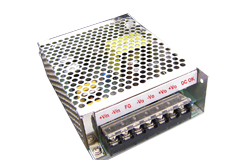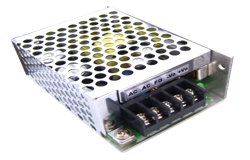About AC-DC Power Supply manufacturers
Most universal input AC-DC power supplies (designed to work at 100VAC to 240VAC) or fixed input AC-DC power supplies (designed to work at 115VAC or 230VAC) will likely work with the DC input, the only difference is that only two will be used to form a bridge diode of the rectifier. A linear power supply with a transformer as one of the first components cannot be powered by a DC power source until the rectifier circuit is in the design.
AC-DC power supply module product selection First determines the specifications of the power supply, filter according to the actual demand indicators, and determine whether to use a standard power supply module or a non-standard power supply. The non-standard power supply can be customized and produced according to requirements.
The power module is a power converter that can be directly welded and plugged into the circuit board. According to the conversion method, it is generally divided into AC to DC or DC to DC.








































